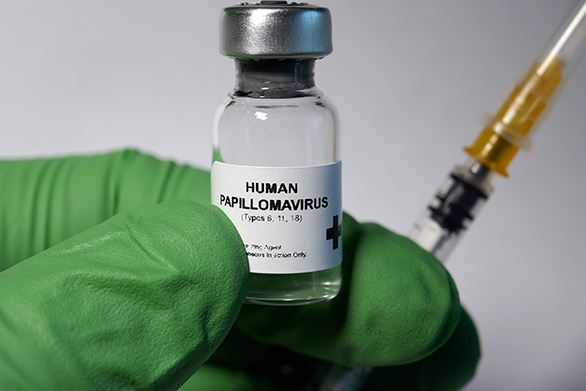What to Know for Cervical Cancer Awareness Month
Though once the leading cause of death among American women, this is no longer the case as cervical cancer testing and screening has become widely available. Early Detection is key!
What is Cervical Cancer?
Cervical cancer is a tumor that forms in the lower part of the uterus that connects to the vagina, called the cervix. Women ages 35 to 44 are most susceptible to cervical cancer, but women diagnosed in this age range rarely develop later stages of this cancer if they receive frequent screenings and tests.
The type of cervical cancer will determine your prognosis and treatment course. The two main types of cervical cancer include:
Signs and Symptoms of Cervical Cancer
Many women with cervical cancer don’t experience any symptoms early on in the disease. When symptoms begin to appear, they are often mistaken for other conditions such as menstrual periods or urinary tract infections. Some of the signs of cervical cancer include:
Cervical Cancer Risk Factors
Some of the risk factors for cervical cancer include:
Cervical Cancer Prevention
If you’re concerned and want to reduce your risk of developing cervical cancer:


